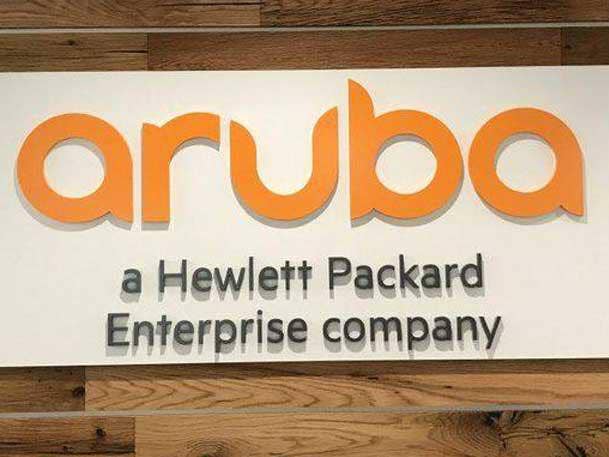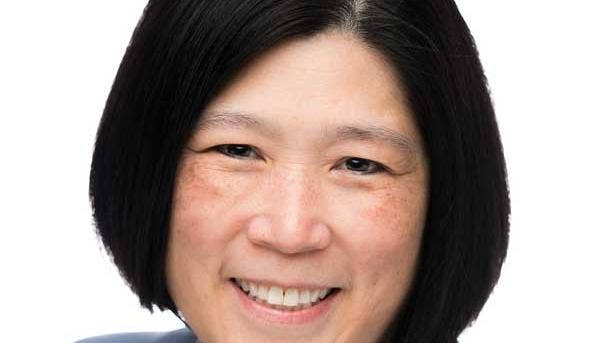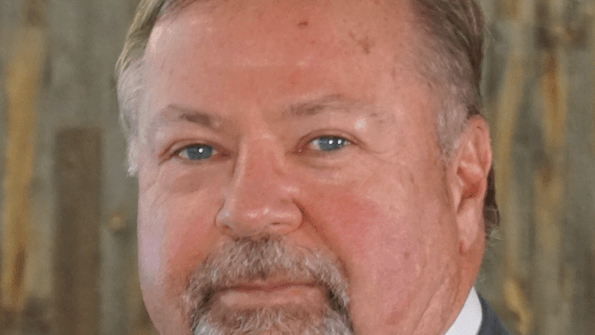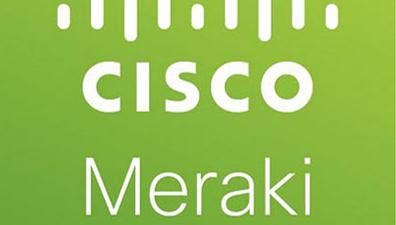Aruba Channel Leaders On As-A-Service, Silver Peak SD-WAN, And Opportunities At The Edge
Aruba’s vice president of Worldwide Channels, Donna Grothjan, and vice president of North America Channels, Jim Harold shared the big opportunities they see for partners around the biggest IT trends: as-a-service, SD-WAN, and the edge.

Time Of Change
Hewlett Packard Enterprise-owned Aruba Networks has set its sights on helping partners tackle arguably three of the biggest IT trends that have emerged over the past year: edge, as-a-service, and remote work.
The networking giant in 2020 introduced the Aruba Edge Services Platform (ESP), an AI-powered, cloud-based edge networking platform that is helping enterprises identify and solve problems at the edge of the network. The company in April revealed it was baking in more edge-to-cloud security integrations into ESP, including SD-WAN technology from its recent $925 million Silver Peak acquisition. Aruba also last year revealed the Aruba Network-as-a-Service (NaaS) offering as part of the GreenLake for Aruba line. In March, the company announced it was increasing rebate incentives for Aruba NaaS.
All this while the world was dealing with a massive shift in favor of remote work, while employees all over the globe moved off the campus network and onto their home networks, a trend that isn’t going anywhere as hybrid work becomes the new normal. Needless to say, it’s been a busy year for the networking industry.
Aruba’s vice president of Worldwide Channels, Donna Grothjan, and vice president of North America Channels, Jim Harold, sat down with CRN to talk about how these trends have impacted partners and shaped Santa Clara, Calif.-based Aruba’s partner strategy. They shared updates to Aruba’s Partner Ready for Networking program, how the Silver Peak partner program fit in to Aruba, and opportunities for the channel around consumption-based IT, SD-WAN, and the edge.
Here’s what Aruba’s channel leaders had to say.

How is Aruba pushing its network as-a-service offering through the channel?
Grothjan (pictured above): [We launched our] network as-a-service offering in early 2020 and we’ve had to do a lot of education into the market about network as-a-service because not many customers where thinking about consuming network as-a-service — the ability to have a cloud-like experience where they have the control, compliance and security, right in an as-a-service model; the benefits of really helping to reduce upfront spend for them so that they can be invested in their businesses and free up their IT teams for more strategic initiatives. I think [there’s] a couple things like speed and the introduction of new workloads at the edge, as well as really the vendor risk-sharing model, those are all really new areas that are helping to educate on the value of network as-a-service. So, when we came up with our offering, the edge services platform enables various solutions to be brought to market and we brought managed connectivity as-a-service as an offering to market.
One of the things that we did this year to put more focus on it is increase the incentives that are available for the managed connectivity as-a-service offering. The role of the partner remains the same — they have the ability to go in and do the assessments, deployment, and integration services. But by partnering with Aruba, we have validated designs [partners] can leverage. And if the customer is looking for someone to manage their network, and if the partner does not have that capability, or they don’t have the resources, or they want to test a new market, [partners] can leverage Aruba for that. The value that it brings together is now the customer can buy their hardware, their software, the managed services, all in a subscription form. And then they get all of those benefits of buying as-a-service. We wanted to make sure that we added those additional incentives around that.

How big are the opportunities for partners in consumption-based IT?
Grothjan: What we’ve been talking about is about partner choice. We have this as-a-service offering, but that doesn’t mean that for partners that it’s their only offering to a customer, we want to ensure that partners who have the capability to deliver their own network as-a-service offering, that we’re enabling that to happen under their own brand. Because we believe that partners, especially now that customers are buying as-a-service, are really looking for partners to support them [and] as-a-service, which requires partners really building out their own ecosystem because there’s a lot of integration that’s required for that. We want to ensure that those partners who want to present themselves to a customer under their own branded services have that capability.
It goes back to, if a customer really wants somebody to manage their network for them, we’re saying to our partners, you have choice. Either we can help support you and do that for you on your behalf, or you can do that, and we will enable you access to various tools. In fact, Aruba Central has an MSP capability within so [partners] can actually enable a managed services practice. It’s not only multi-tenant, but it also allows them the management features as a managed service provider. Or, if the customer wants to manage their own network, [partners] can resell a [Aruba] Central as-a-service, so it’s really about partner choice. We want to make sure we aren’t locking partners into anything.
We did a study in June 2020 that went out to IT decision makers were [we asked] how many of them were already buying more than 50 percent of their IT as-a-service and at that time, it was 24 percent of them. Then, we [asked] in the next 12 to 24 months, what percentage of you would you be looking to buy as-a-service? That number jumped to 41 percent. So, we absolutely know that the market is ready. The hospitality industry [and] the education industry; when we looked at how what percentage of those particular industries wanted to buy and a consumption model, it was 66 percent for hospitality and education was 57 percent because they were the hardest hit by COVID. Again, it goes back to, that business needs to reduce the upfront spend so that they can invest the business as needed.

Aruba introduced its edge platform — Aruba ESP — last year. How big is the edge opportunity for partners and what does supporting edge use cases require from partners?
Grothjan: It’s funny, because I think when we talk about the edge now, the edge is everywhere. I mean, everything is almost the edge. When we look at work from home and hybrid workplace environments, those are still huge opportunities, especially right now with COVID and the return to return to work [trend] that’s happening with different companies. I think companies have gotten used to the fact that you don’t really need to go back to the office. So, the hybrid workplace certainly still and continues to be a huge opportunity, especially around contact tracing and different solutions that support a hybrid workplace environment.
Harold (pictured above): That’s probably the big difference — adapting to new customer needs and requirements. Today, [partners] are concerned with user or customer experience, which has changed because users are working from home and customers are dealing with [companies] in different ways. Automated operations Like AIops is really important, [as well as] cybersecurity and then [Total Cost of Ownership] TCO are the hot items that [Aruba] ESP tries to address. I think adapting to understanding how the customers challenges have changed, I’d say dramatically in the last year.

How is Aruba ESP differentiated against the likes of the competition in this space — namely Cisco Meraki?
Harold: Number one, I would say like the ESP architecture is unified. Cisco is a bit bifurcated, where Meraki is more for the mid-market and then Cisco DNA is for the enterprise. So, it’s actually two different paths [and] two different product portfolios, that we offer across our WLAN portfolio [and] our switching portfolio, and it’s all underneath that Central platform consistent now. I think that’s the big difference.
Grothjan: The ESB architecture also supports [any environment], whether it’s on-prem, or whether it’s cloud, with that single architecture.

How are you integrating Silver Peak into the partner program for both existing Silver Peak partners and Aruba partners interested in SD-WAN?
Harold: The acquisition of Silver Peak was big for us. [They are] a leader in the SD-WAN market, and then in conjunction with ESP, SD-WAN is really a fundamental technology for the whole acceleration of applications at the edge, so it’s a perfect fit. Kudos to the product management team for within nine months, integrating Silver Peak into ESP, which I think was a big, big plus. And then also integrating it in from a management standpoint with ClearPass.
We’ve announced that we’re going to continue the Silver Peak partner program as a standalone program, and we did that to protect the partner base. We have signed a lot of Aruba partners into the Silver Peak program and there’s been a lot of excitement and a lot of uptake from that standpoint. But we kept the integrity of the program, and we’ll continue that throughout the year. We did align the thresholds to be consistent with the Aruba Partner Program, Partner Ready for Networking. For example, Silver Peak Platinum before was $4 million and we adjusted that to $2 million, which is the Aruba threshold.
Grothjan: We really wanted to focus on protecting the investment of the Silver Peak partner, so we did extend the partner program through October 31. It gives [partners] more time and we want to make sure that we align partners to the Aruba Partner Program timelines. By helping to protect their investments, we also extended the sales certifications to two years from one year, effective May 1.

What should partners focus on in a post-COVID world?
Harold: I think it’s being ready for that change — that customer requirements are changing — and to be prepared and ready for that as carpeted space comes back online and people start coming back to work. That’s what we’ve been training on with the ESP architecture; how to talk to those important aspects of the hybrid model, right? You have users at home and [those] that are coming back into the office, and how do you secure everything? I think it’s along all those lines.
The total available market with ESP and Silver Peak is quite large, so there’s a big market opportunity out there. Our portfolios probably never been stronger than it is now with our unified architecture. We’re trying to drive home the as-a-service transformation, and like [Grothjan] mentioned, we want to offer [partners] choice. Whether we help you build out your partner-branded service, or you want to resell Aruba, branded through GreenLake, it’s all about it’s all about choice.